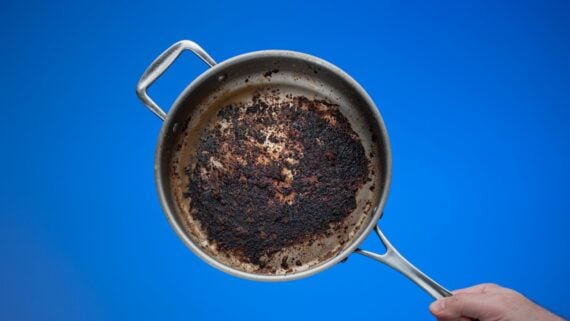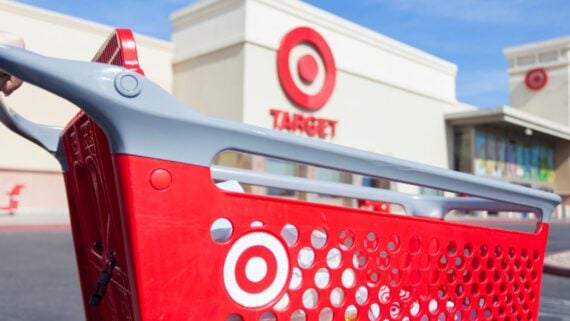Pots and pans aren’t cheap. You can spend upwards of $100 (or more!) on a single nonstick pan, so it makes sense to take care of it and get the most out of your investment. Nonstick pans are known to be finicky and delicate, though, so there are some rules you should follow in order to keep them in the best shape possible. These are common nonstick pan mistakes that could turn your over-easy eggs into a sticky, scrambled mess.
Overheating It
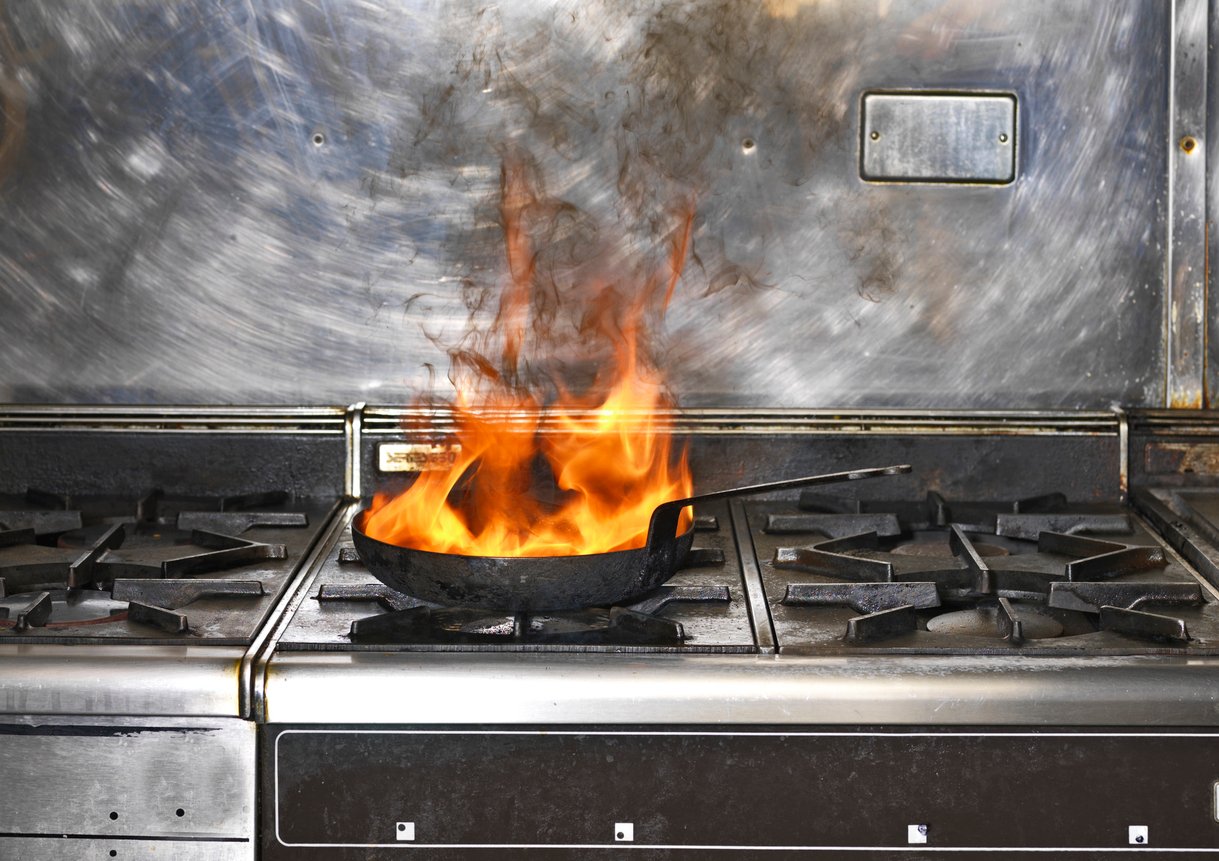
Nonstick pans should be used only over low and medium heat. They’re not designed for high-heat applications, like searing a steak. High heat will damage the nonstick coatings of the pan over time, and may even create toxic fumes when heated to too high. While it may not seem like cranking the heat up on your nonstick pan causes any immediate problems, it will significantly shorten the lifespan of your pan, and may affect your health.
Using Metal Utensils
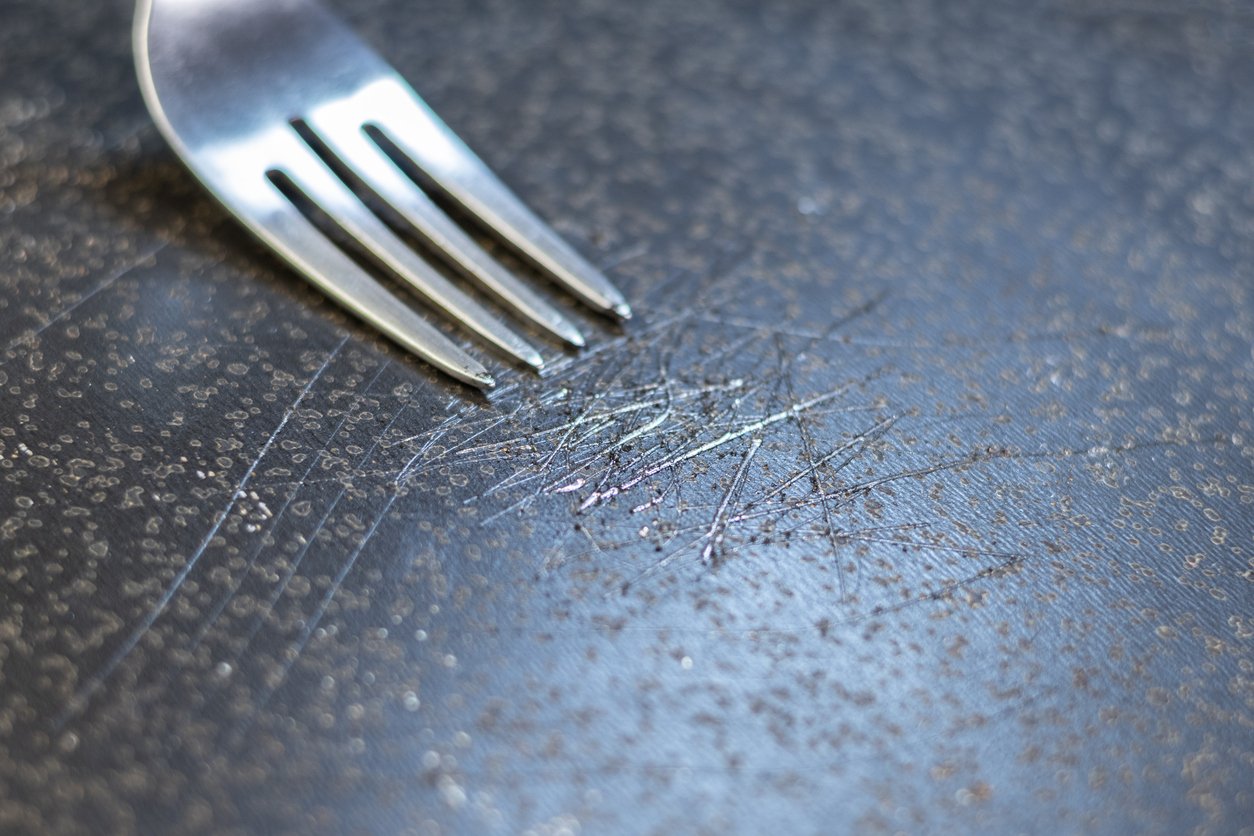
The biggest nonstick no-no is using metal utensils. Nonstick coatings are fragile, at least compared to things like cast iron and stainless steel, and using metal tongs, forks, or other cooking instruments will easily scratch them. Once that happens, not only will the nonstick qualities wear off, but the coating will start to flake into your food. Use wood or silicon utensils in your pan.
Putting It in the Dishwasher

You shouldn’t put your nonstick pans in the dishwasher, despite the temptation. Between the high heat, the potentially harsh detergent, and things knocking around in there, the nonstick coating can easily get scratched and degraded. Yes, this rule even applies to nonstick pans that are labeled “dishwasher safe.” It’s better to be safe than sorry.
Using Cooking Spray
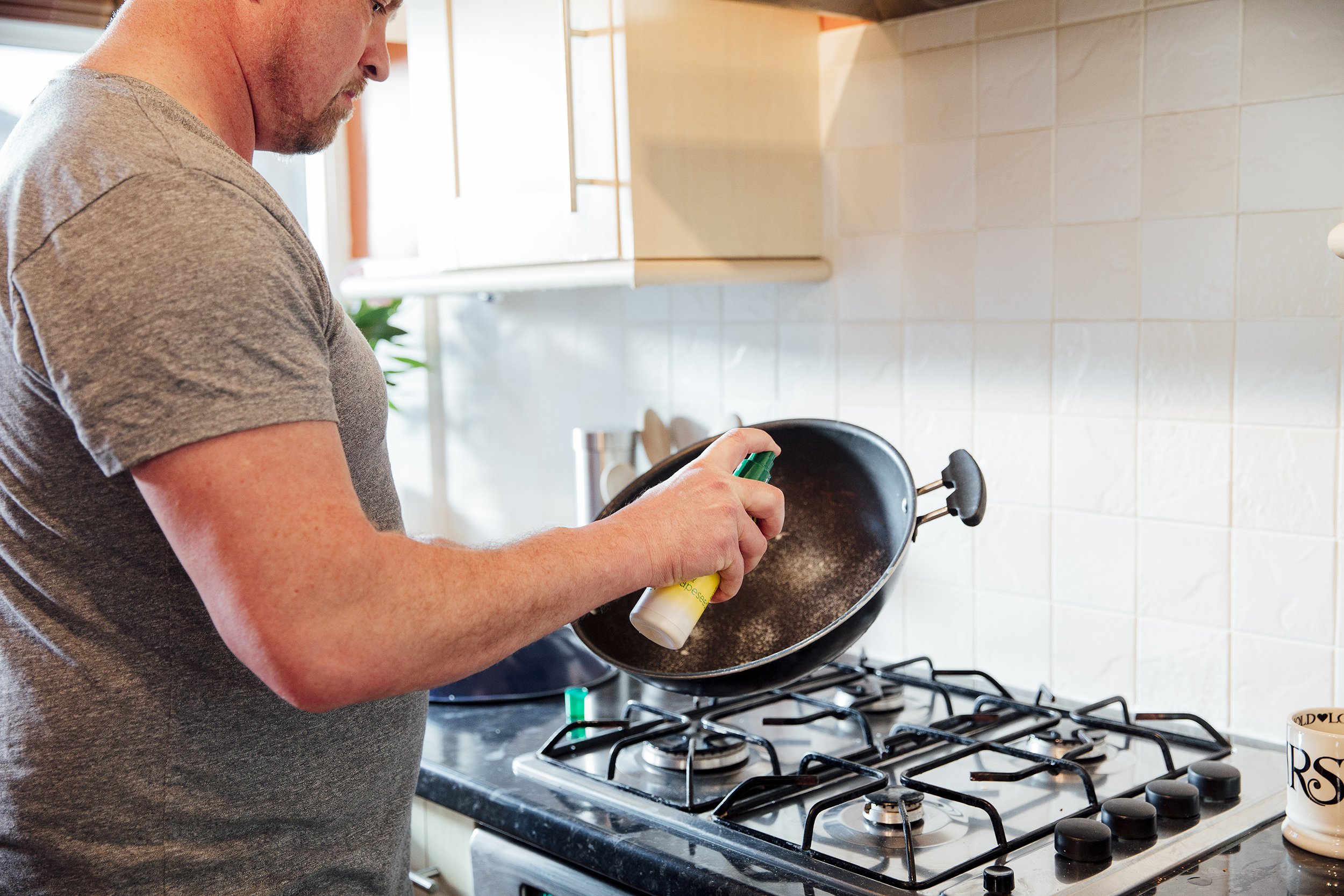
Many people use nonstick cookware because they want to use less fat and oil. You might be tempted to reach for that bottle of Pam to reduce calories, but cooking sprays will leave a sticky residue on the pan that’s impossible to remove. In fact, using cooking spray in your pan can void the warranty for some brands. If you really want to spray your oil, invest in an oil mister and use that instead.
Heating It Empty

Most people learn to heat a pan first, then add oil right before you add the food. But with nonstick pans, you have to add the oil before the pan heats up. The fat will help amplify the pan’s nonstick properties and prevent potentially toxic fumes from being released — something pet bird owners are acutely aware of.
Stacking It for Storage
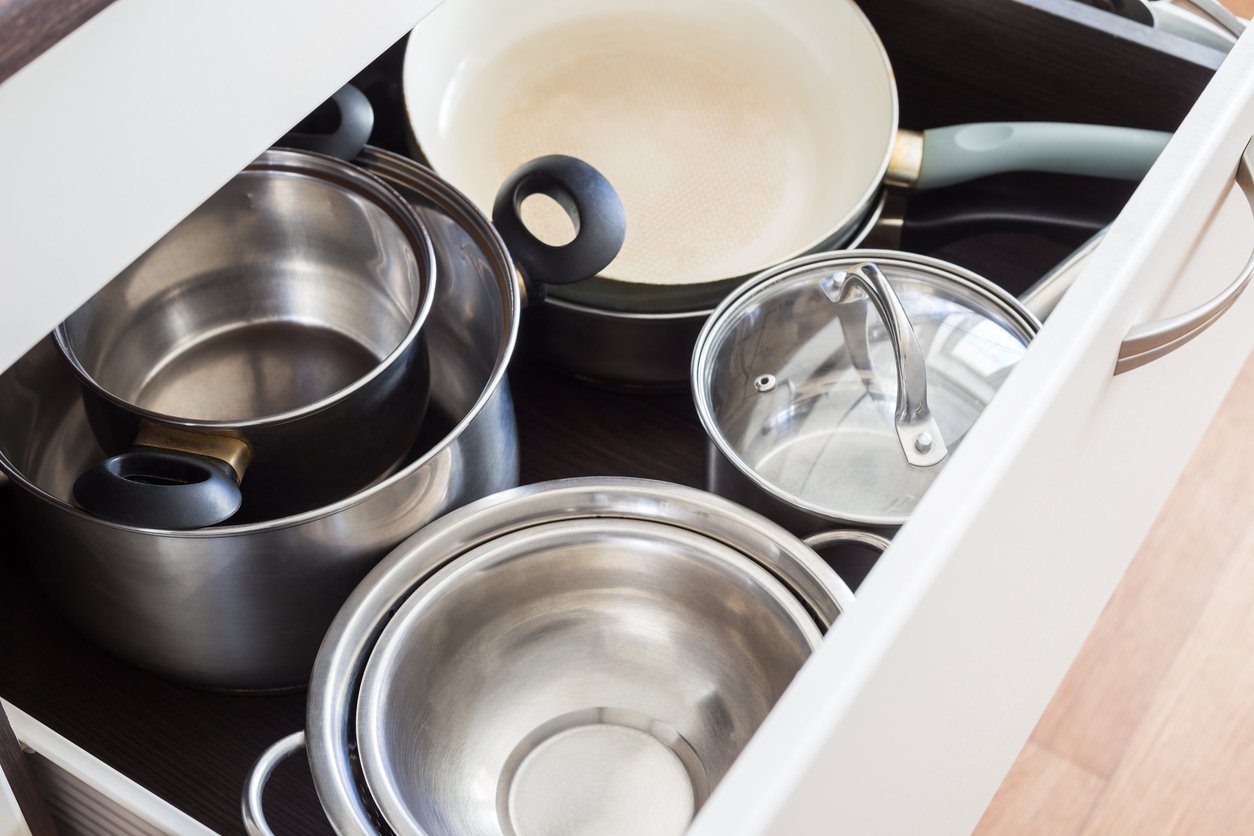
It’s tempting to nest pots and pans into each other for storage in your kitchen cabinets or pantry, but that’s a great way to scratch the nonstick coating. Investing in a pot rack can help lengthen the life of your pans, or you can put a small towel, paper plate, or similar buffer between your pans when you stack them.
Using It After It’s Scratched

Once a nonstick pan is scratched, it’s probably going to start peeling and chipping. That makes it easier for toxins in the coating to get into your food and then into your body. So as soon as you see that coating start to bubble, it’s time to get a new one, even if it’s only a year after buying it. That’s why some people say to buy the cheapest nonstick pans you can find.
Cleaning It with Abrasives

Just like you shouldn’t use metal utensils, you should also avoid abrasive cleaning products and brushes. Leave the scouring pads and steel wool for cast iron, and stick with a sponge or microfiber towel; don’t use abrasive powder cleaners — regular dish soap works fine. When in doubt, check the brand website for your nonstick pan for specific cleaning recommendations.
More Smart Kitchen Tips You Might Like
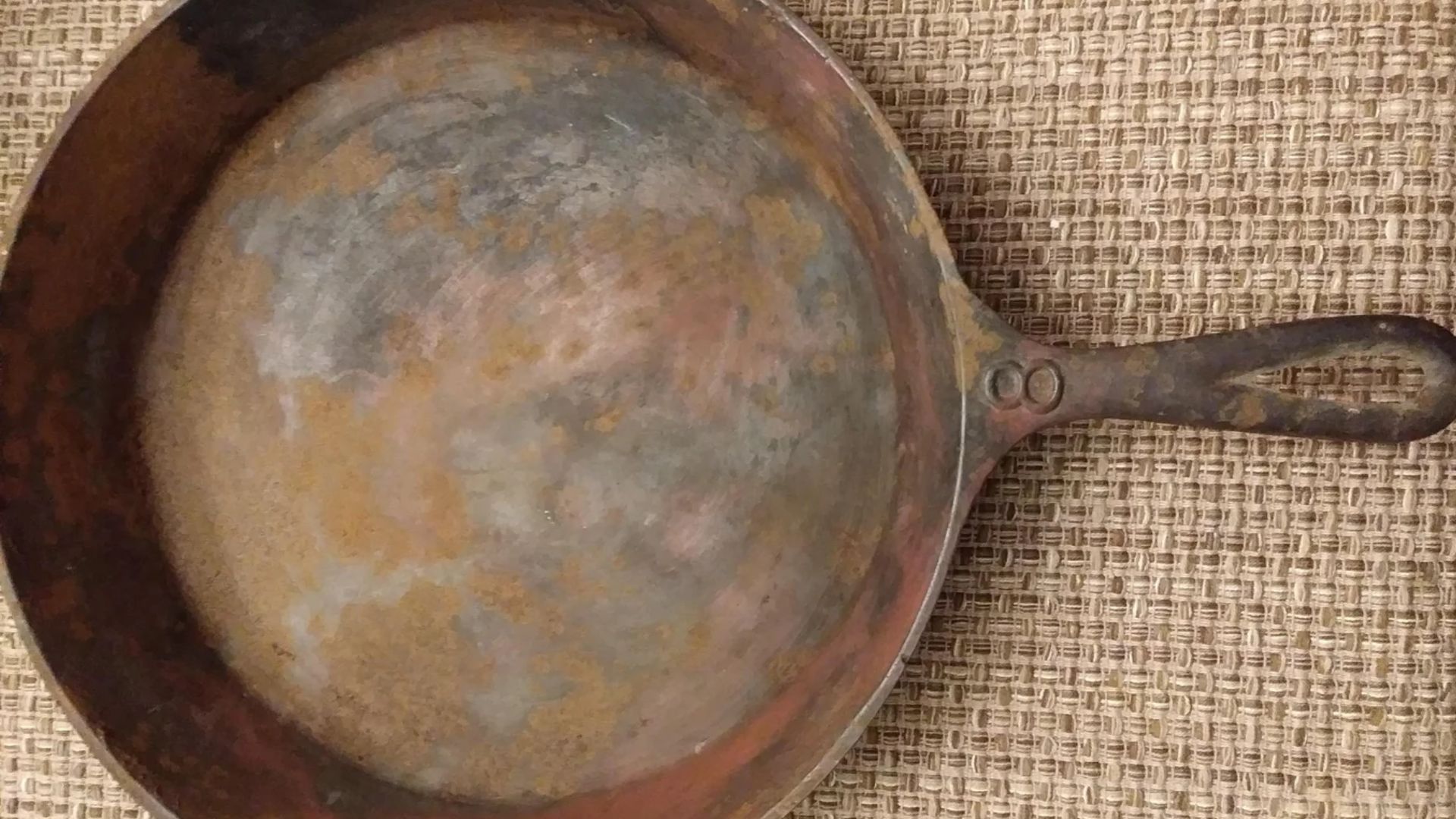
- How to Avoid the Mistake That Nearly Ruined My Cast-Iron Skillet — Cast-iron skillets are pretty durable, but there are some things you really want to avoid.
- 6 Things You Should Never Cook in a Cast-Iron Skillet — While we’re on the subject, here are some things that you’re better off cooking in something other than a cast-iron skillet.
- 21 Cooking Hazards That Could Have Disastrous Results — Sometimes the concern is not what you can do to damage your cookware, but how it can damage you. Here’s what to watch for.
